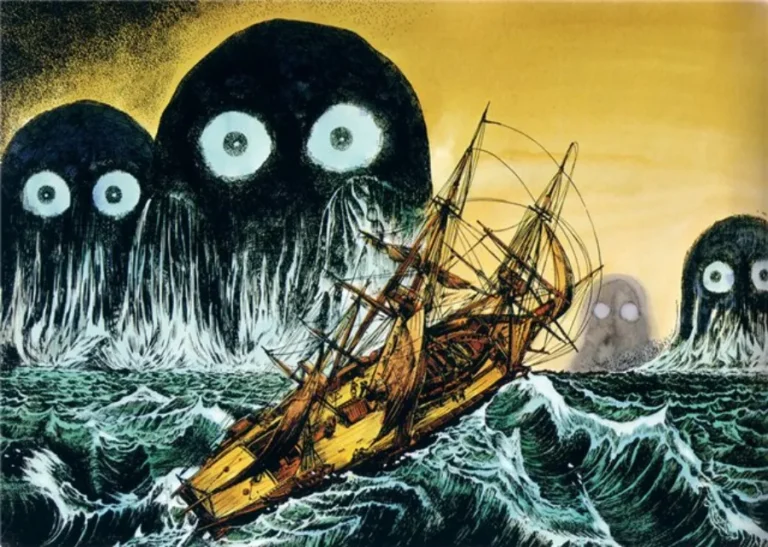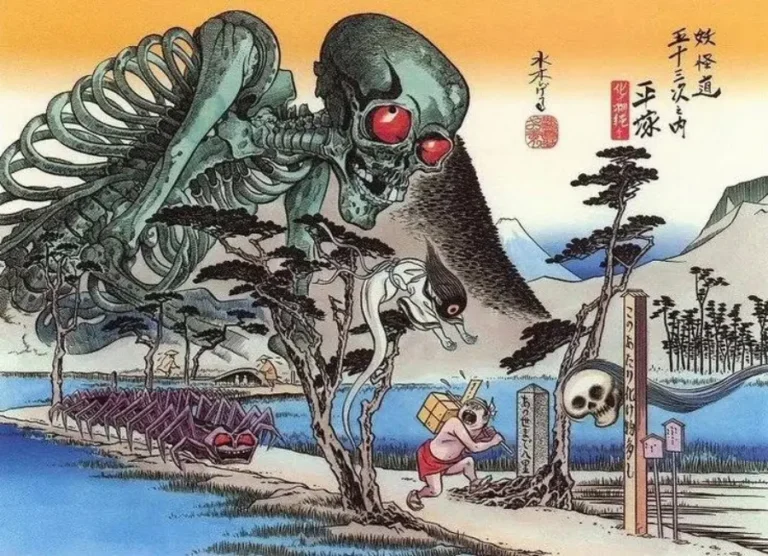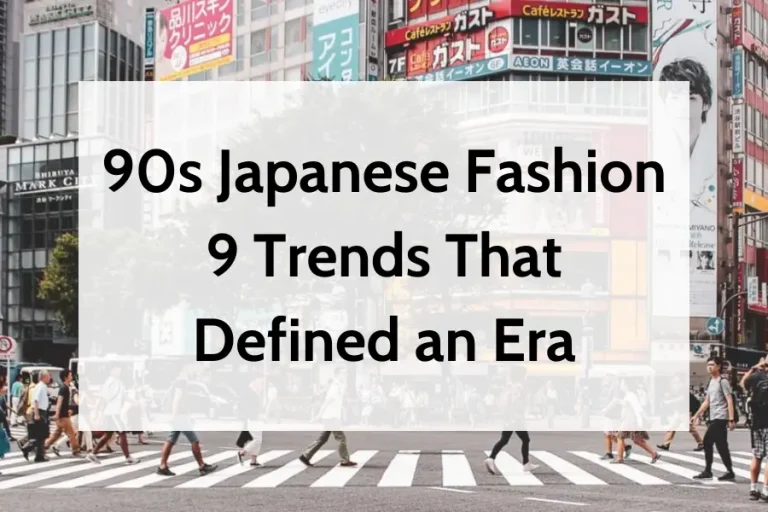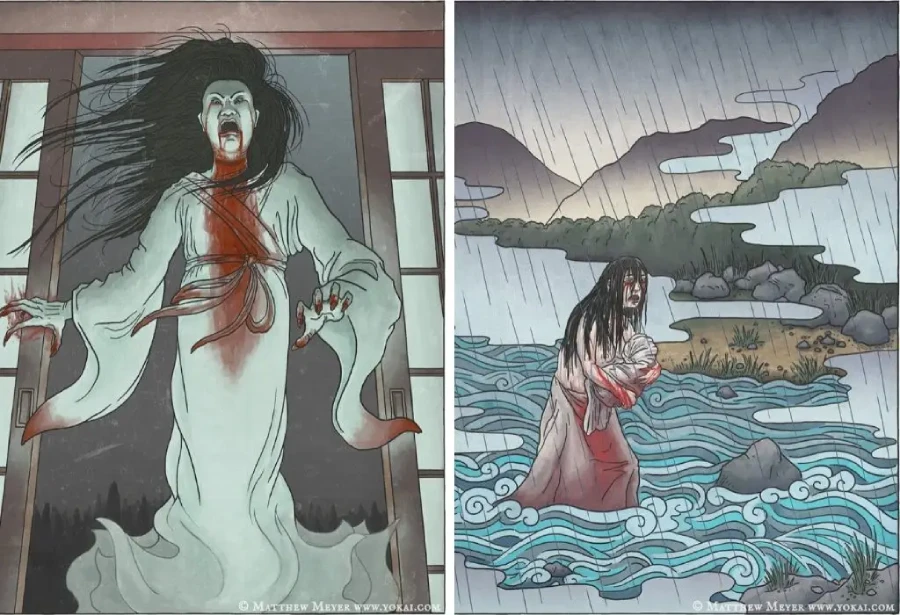
In the stillness of the night, when shadows linger longer than they should, the Japanese speak of spirits that refuse to rest. These are the Yurei — wandering souls caught between life and death. Feared, respected, and immortalized in countless tales, they embody both the terror of the unknown and the sorrow of lives unfinished.
What is Yurei?
Yurei (幽霊) are spirits or ghosts in Japanese folklore, analogous to Western ghosts, that are trapped between the living and the afterlife due to strong emotions, such as anger, sadness, or unfulfilled desires, like revenge.
Translation and Etymology
In the rich tapestry of Japanese folklore, there exists a haunting image of restless souls unable to move on — the Yurei. Both terrifying and fascinating, they have become one of the most iconic symbols in Japanese spiritual beliefs and popular culture.
The word Yurei (幽霊) translates to “faint spirit” or “ghost.” Depending on the region or specific variation, they may also be known as obake, shiryō, or bōrei.
Latest blog this week: Suzaku: The Vermilion Bird of the South in Japanese and Chinese Mythology
Habitat and Diet
Yurei are not bound to a single environment. They are said to linger in graveyards, abandoned houses, or near the site of a tragic death. As spiritual entities, they do not eat or drink. What they truly crave is either release… or revenge.
Appearance
The appearance of a Yurei often reflects the circumstances of their death:
- They are usually dressed in white funeral kimonos or the uniforms of fallen warriors.
- Long, disheveled hair often covers their face, adding to their eerie aura.
- Their bodies are ghostly and translucent, sometimes without legs, drifting unnaturally above the ground.
- Some Yurei bear bloody wounds that reveal the violent nature of their demise.
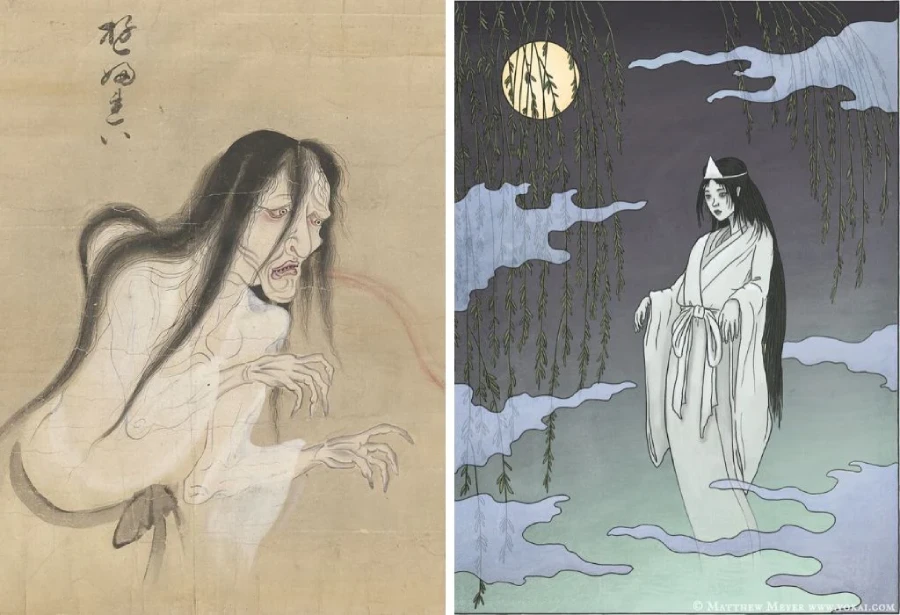
Personality and Behavior
Unlike soulless apparitions, every Yurei carries its own story:
- They may haunt a specific place, such as their burial site, or pursue a specific person — often their killer, or even relatives.
- Their defining ability is casting powerful curses, bringing illness, misfortune, or death.
- Yet, not all Yurei are fueled solely by hatred. Some simply wish to deliver a message, recover their missing body, or demand justice.
Once their final purpose is fulfilled—or through purification rituals—they may finally find peace.
Read more: Gashadokuro: The Terrifying Giant Skeleton of Japanese Folklore 2025
Cultural Significance
In traditional Japanese beliefs, the dead pass on to the spirit world through funeral rites and prayers, reuniting with ancestors and becoming protective household deities. But when rituals are neglected, or when death is sudden, violent, or filled with resentment, the soul transforms into a Yurei — trapped between the human world and nothingness.
The annual Obon Festival celebrates the return of ancestral spirits to their families, while Yurei embody the opposite — souls that cannot find their way home.
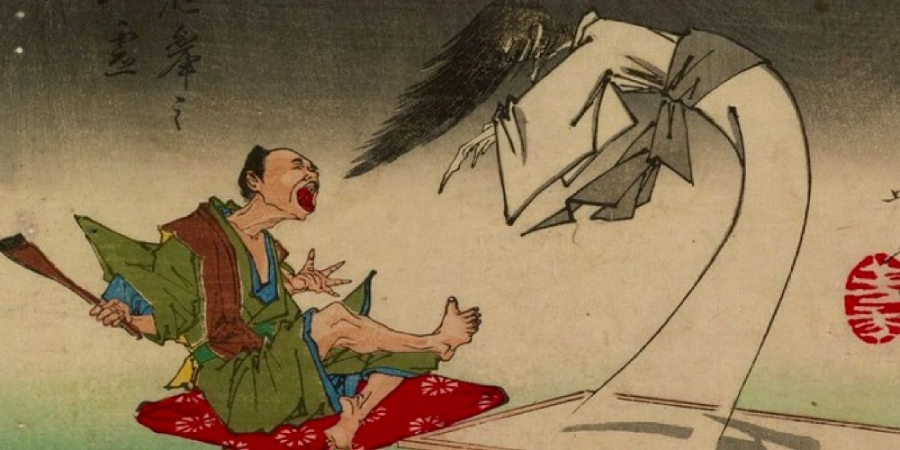
Read more: Daki: The Hidden Cliffs of Japan’s Local Dialects 2026
Yurei in Modern Associations
Today, Yurei live on not only in folklore but across art, literature, film, and fashion. From horror classics like Ringu and Ju-on to yokai-inspired collections in streetwear and design, Yurei remain a symbol that is both terrifying and artistic — a reflection of death, longing, and the fear of being forgotten.
At KamiCrew, we see Yurei not merely as figures of fear, but as metaphors for unspoken emotions — pain, inner conflict, and the longing for freedom. Our yokai collection transforms these mysterious legends into contemporary art.
Final Takeaways
Yurei are the embodiment of unsettled souls — at once frightening and tragic. They reflect Japan’s profound spiritual beliefs about life, death, and the unseen connections between humans and the spirit world.
In modern times, Yurei are no longer confined to folklore. They inspire creativity across cultural media, reminding us that even in darkness, stories can transcend generations.


